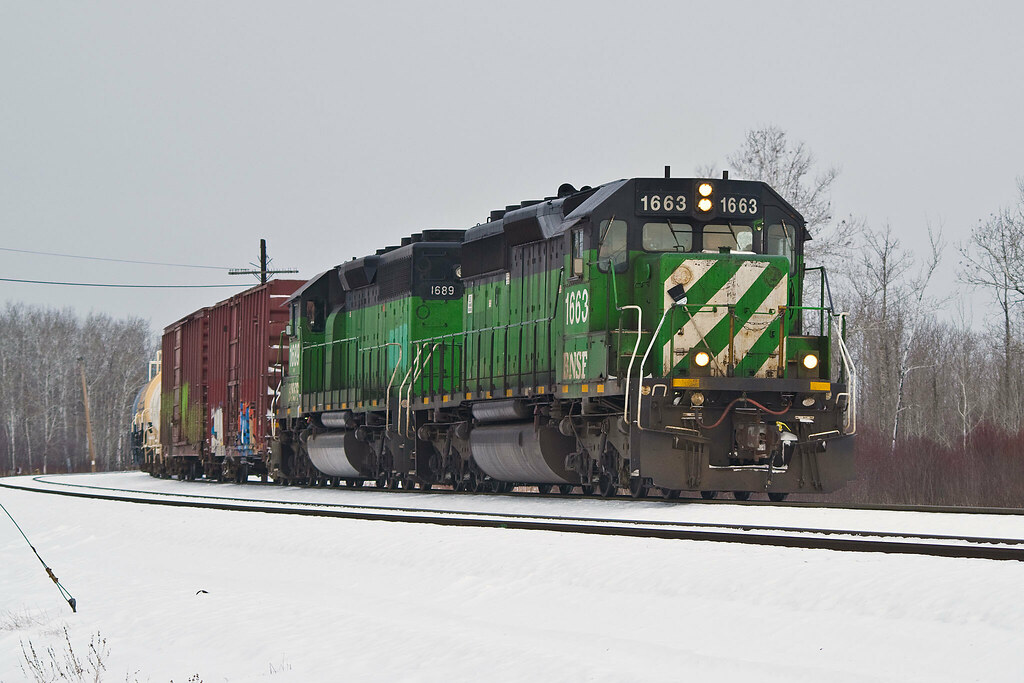Sometimes progress comes in great leaps, and other times (likely usually) it comes in tiny, nearly undetectable nudges in the right direction. Last night the progress fairy visited me and dropped a helping of the latter.
As part of my layout reconstruction, I have spent the last few weeks working on a staging yard. Now since this will be just below the operating level of the layout, it needs to be complete before I can take another step. That means not just track laid, but also switch controllers and feeders installed, track joints soldered, and enough trains run through to prove the trackwork is good, as it won't be easy to access once the top deck is in place.
The track is all down, and the switch ladders are built, so I have set to putting in the classic electrical box controllers. Below is a view of one that I pulled off the old layout. Now understand, these are the best solution to controlling turnouts I have stumbled upon. I drill a hole through a dowel, push the free end of the wire through the hole, and bend the wire to hold it in place. But there is still room for improvement. I got to thinking. Never a good thing.
Below is a view of the bronze wire I have used to engage the throwbar on the turnout and the handle of the switch in the past. One of the issues this poses is there is nothing to resist lateral force that can make the wire move sideways, and in extreme cases even disengage from the throwbar as it drops down. This is generally known as a bad thing. Takes lots of fiddling to get it back in place.
So I sat and I thought...how can I make this work better. And I had a light bulb moment. The result of this revelation is below. Two extra bends create a situation where the wire is restrained from moving in one direction laterally, and after the dowels that operate the switches are installed, it won't be able to move in either direction. Eureka, I said!
So here is what the new assembly looks like after everything is put together, ready to install under the layout. Not much of a change, but it makes a significant difference in the stability of the whole thing. Notice that I tightened up the spacing between the vertical portion of the wire and the side of the switch as well. This was partly due to a dandy little pair of pliers I scored for four bits at a rummage sale, with jaws just the right width to make this bend.
Mr. L4T is a happy camper!
Now for those who have read this far, a bonus pro tip. I used to struggle mightily getting the screws into holes in the junction box while holding everything in place. The I said, forget the holes and just drive a screw THROUGH the jbox and into the plywood. Turns out this is much easier, on the patience supply and the spine. Eureka, I said again!
Ain't progress grand?


